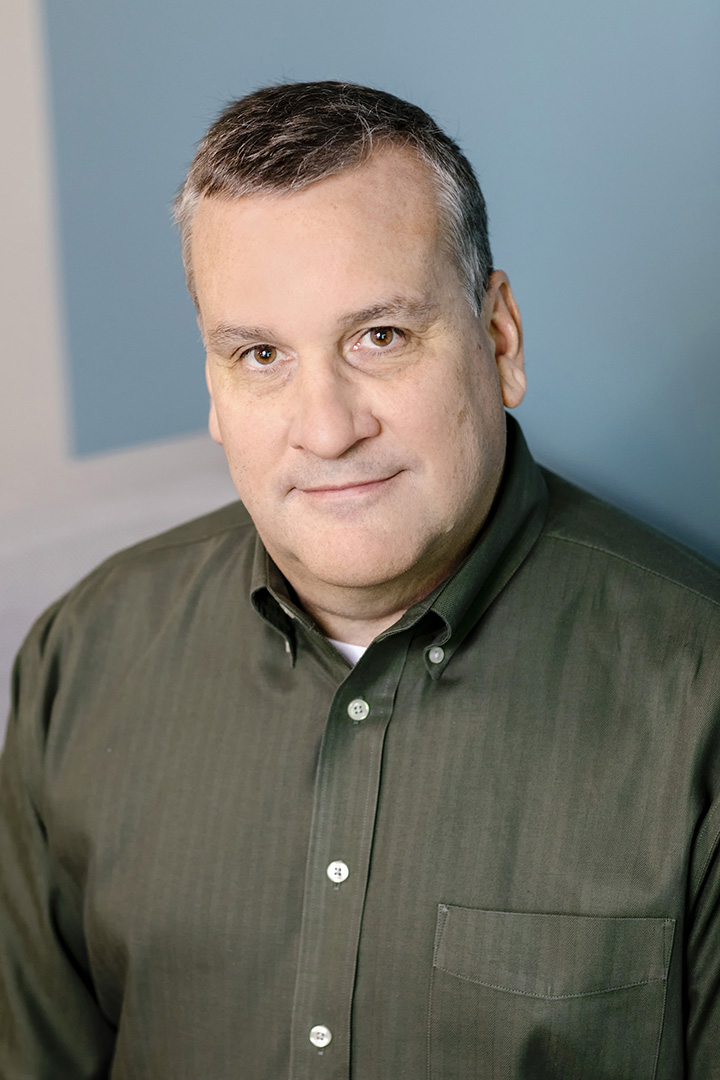In a popular theory known as the “Diffusions of Innovation” by E.M. Rogers in 1962, the rate at which people adopt new technology was proposed and has been widely accepted in the business community. In this “bell curve” approach, the first 16% are Innovators and Early Adopters—followed by Early and Late Majority making up 68%, and finally Laggards at 16%. In a popular TEDx talk by Simon Sinek, he appropriately describes the Innovators and Early Adopters as people that “just get it.” He goes on to say Laggards only buy when the previous version of a product/technology is no longer available. Obviously in trying to introduce new technology into a field, including medical, the goal is to shrink the time to adoption across these user segments. Simon’s theory proposes this is due to the culture of the company. I believe it is about human factors. Let me explain.
Lessons from the Mobile Market
A cautionary tale on how important the field and proper practice of human factors is lies in the palm of our hands. I had the pleasure of working in the smartphone market pre-Apple iPhone. At that time, the market was dominated by companies like Nokia, Palm and Research in Motion’s Blackberry. These companies hired the best human factors talent in the world and introduced a clunky interface that used a stylis and lots of buttons. And all of us early adopters loved them. Then Apple introduced the iPhone with no keyboard, no stylis and one button. The same early adopters scoffed at Apple and predicted their demise.
Flash forward to today. No instructions needed, anyone can use an Apple product. It’s because they took a great concept of smartphones and introduced great human factors. The irony is the Early Adopters became the Laggards in great human factors and the Early Majority, the Late Majority and the Laggards became the Early Adopters. Proper human factors flipped the whole adoption cycle.
The human factors discipline in the medical device industry is critical to patient safety. In the regulated space, some traditional human factor approaches are required, and championed by companies with products that have been in the market for many years. There are guidelines to adhere to and processes to define and reproduce in order to validate a product for the end users’ safety and wellbeing. Still, medical devices and technology companies must be prepared for a new wave of patient-centered healthcare and the emergence of technology in areas from the hospital to home healthcare products, and introduce equipment that can be used by doctors and nurses that are not solely Early Adopters. We need to listen to people who are traditionally Late Majority or Laggards and develop human factors that are natural to them.
Innovators are the Champions
Innovators are able to identify problems and seek out a solution. Where other stages of the market are not yet interested in disturbing the status quo or aware of the problem, Innovators are interested in anything new and are quick to adopt innovative products.
An Innovator in the pediatric care space, Cincinnati Children’s Hospital Medical Center, had resources and influence contributing to our success. The hospital reached out about our investigational device to improve patient safety in the vascular access space, leading to our first pediatric clinical trial. There was a large user group with a special focus on vascular access and collectively we improved understanding of IV therapy monitoring practices for pediatric patients across the United States.
While there were traditional human factor components to the original design of our device in order to secure its first FDA clearance, many features from the size of the screen, the flexibility of our sensor cable, and how it captures data is attributed to our feedback from being in the field. One of our best insights came from a nurse about clinical workflow—something that may not have come to light in a purely traditional human factors environment.
Planning for User Group Expansion
The learnings shouldn’t stop after going to market. Those excited about a product will give continuous feedback. Through interpreting feedback, additional clinical trials and implementation, device companies should continue to make improvements to ensure the highest level of accuracy, sensitivity and safety. As the adoption cycle moves through adoption phases, there are entirely new dynamics to consider. Where Innovators and Early Adopters are educated about the problem and valued-based solution, the Early and Late Majorities and Laggards are observing and assessing if a product is valuable to them or despite all evidence, averse to change. Value comes in many forms from cost, cost savings, improving patient-clinician relationships, and so on.
Where our core used to be vascular access thought-leaders, we’re moving into new departments and floors, and it is critical to design improvements and new products to do what those groups do, not what we want them to do. Our job as medical technology companies and engineers is to take early human factors work and make sure it works for everybody.
Human Factors Doesn’t Exist in a Silo
Healthcare organizations and consumers will not always line up as Innovators or Laggards in all areas of their decision-making processes. Consumers bounce back and forth across the bell curve, which is why non-traditional human factor listening is important.
Engineering and human factor teams cannot build a product, throw it over the fence and expect the sales team to sell it. In a previous engineering role, I was required to spend half of my time in the field, and it was one of the most valuable and eye-opening experiences of my career.
Medical technology manufacturing comes down to the science and depth of knowledge a company’s team has on interpreting and analyzing data. The addition of a clinical education team can be instrumental in the product evaluation and implementation phase. Experienced nurses can help educate new customers on use the product, but more importantly, to use every conversation as an opportunity to further educate on the issues we are working to solve as medical device manufacturers.
These collaborative teams work like a funnel, and the engineers are often at the bottom. Without an open and fluid workflow, the enormous challenges we have ahead of us won’t be solved. We must build teams that are always learning, able to predict trends and make adjustments to adapt to the market and user groups.
As consumers are engaging more with their wellness and healthcare options, we’ll see many traditional healthcare companies taking pages from big consumer tech organizations in the race to remain the innovators of our industry.







